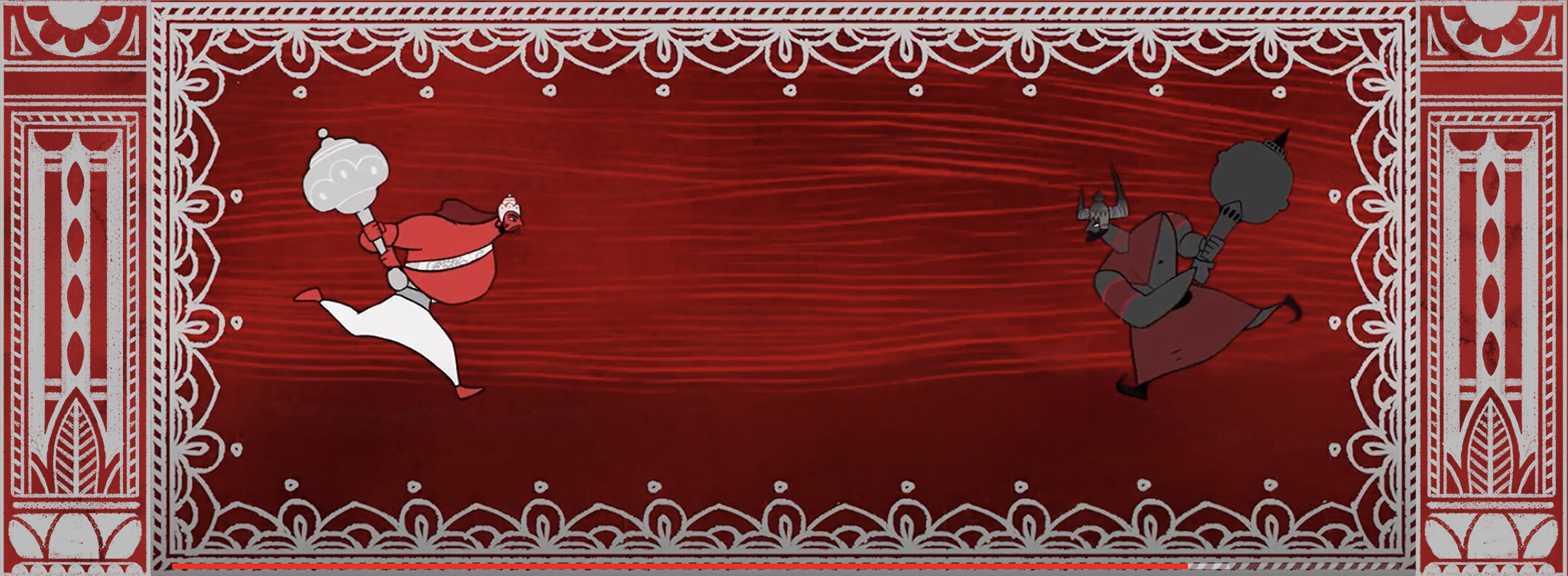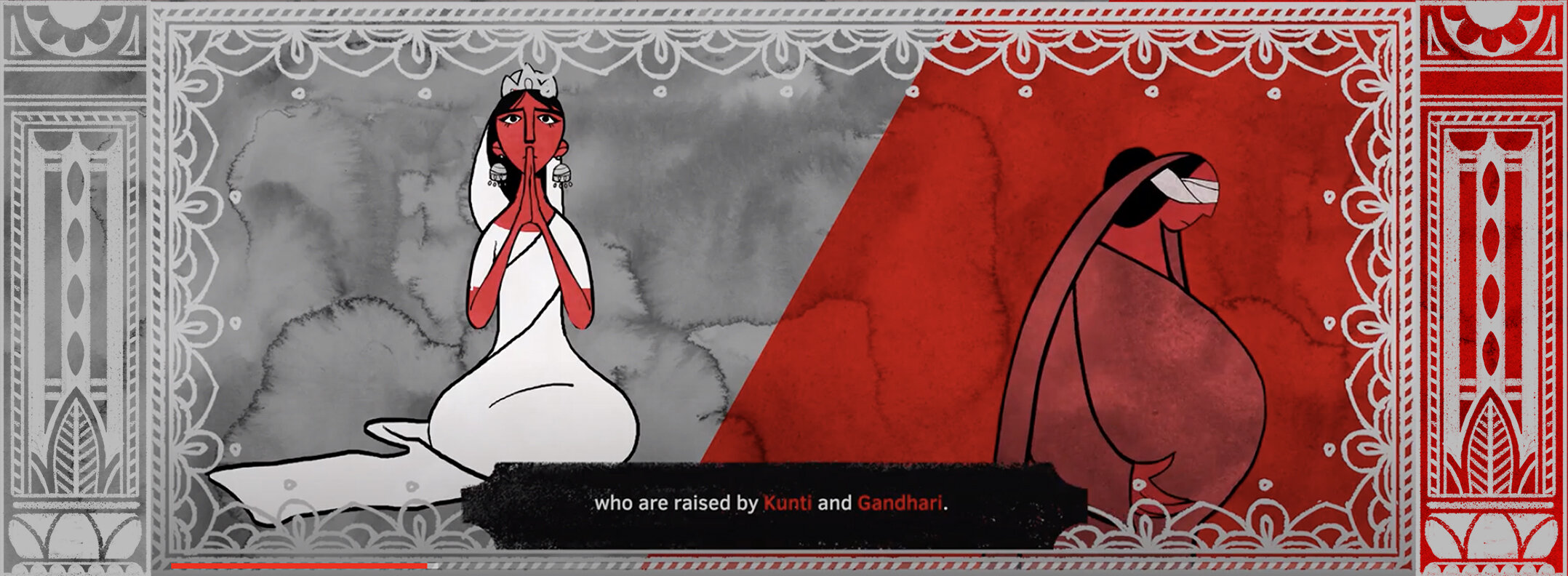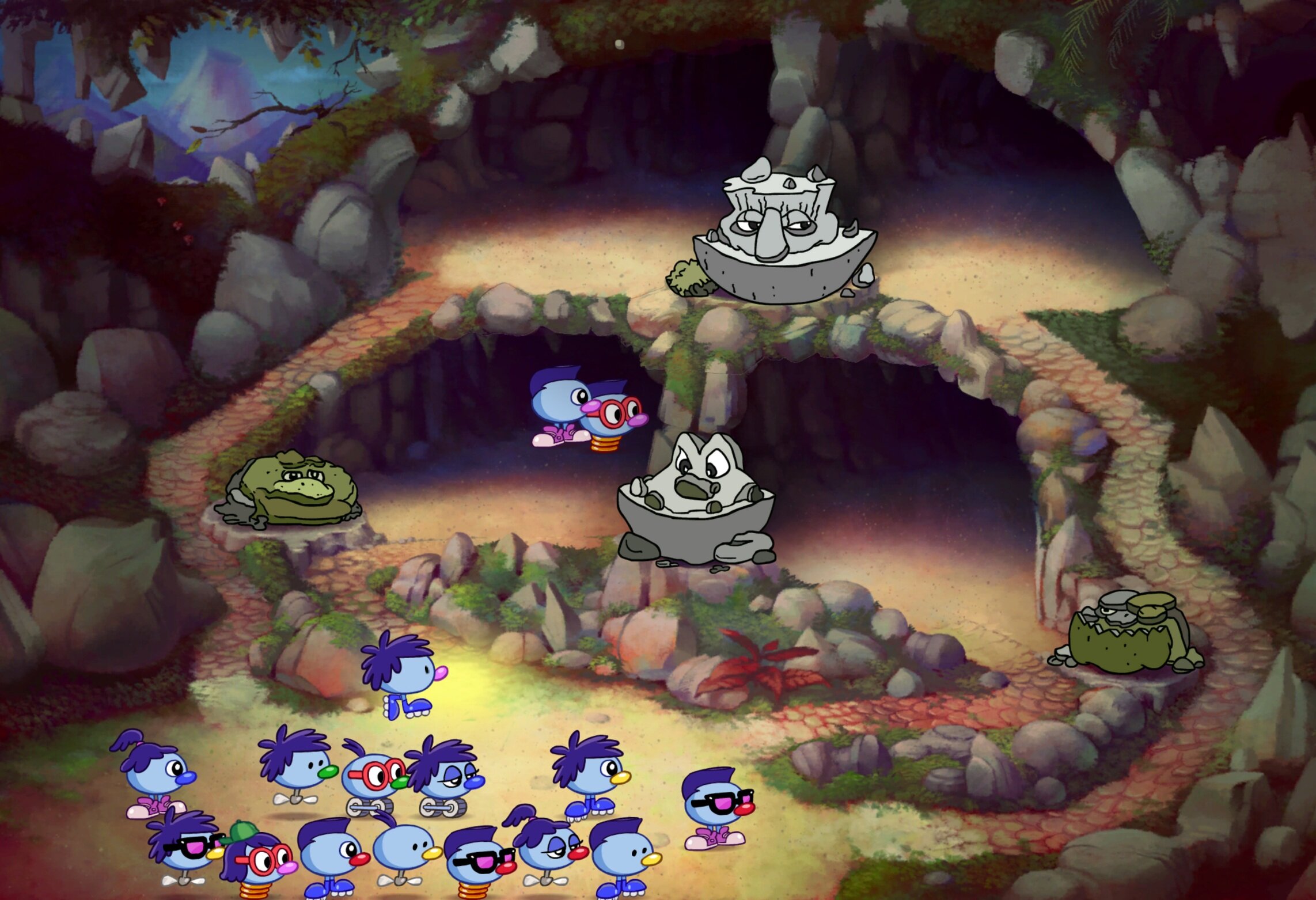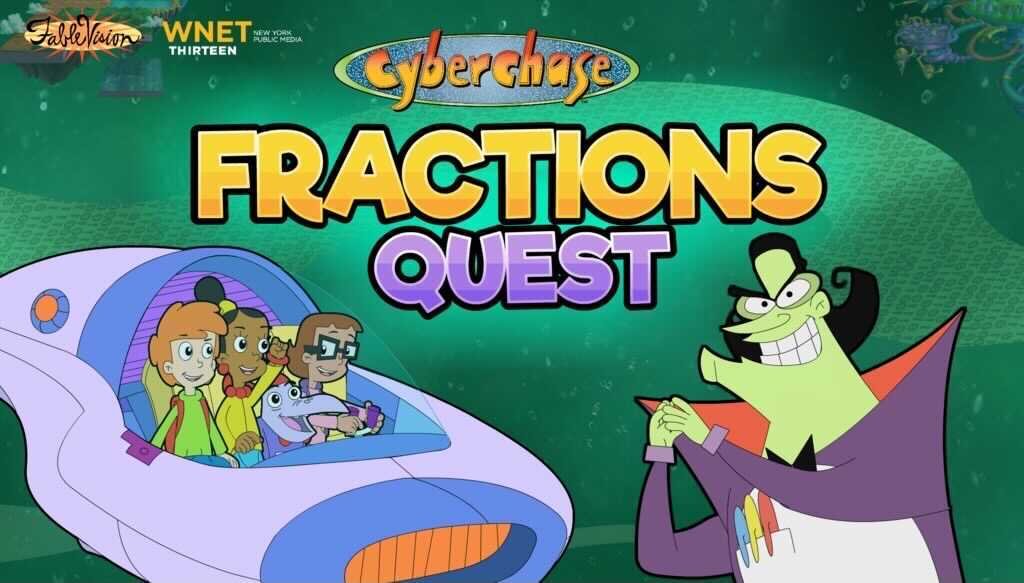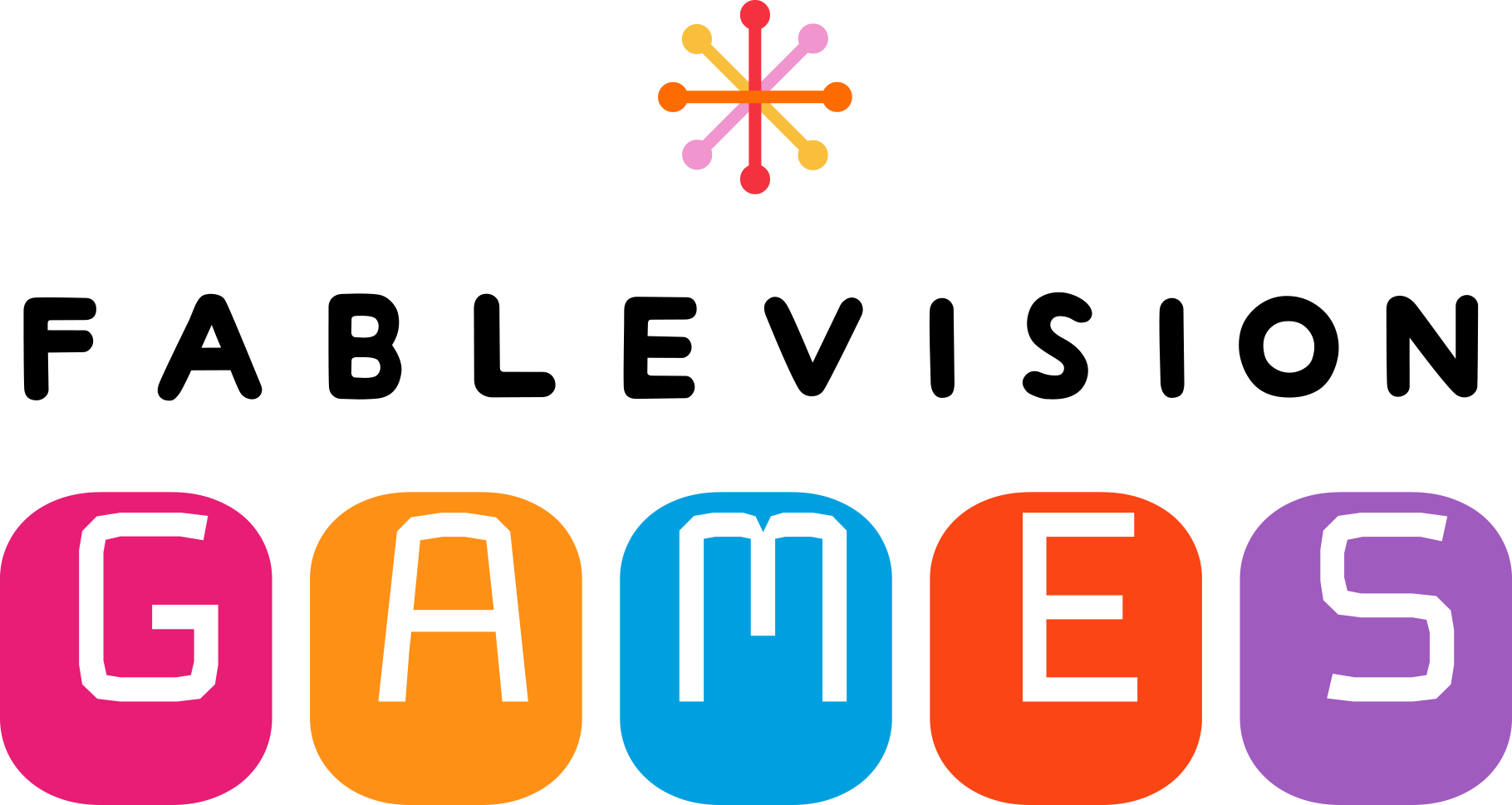Family, duty, and rivalry—this is the story of the Mahabharata, one of India’s oldest and most well-known Hindu epics. To take viewers on a journey through the legendary pages, FableVision partnered with the Peabody Essex Museum to animate an abridged retelling of the epic. This larger than life visual narrative is currently projected on a gallery wall and featured on the museum’s website for virtual tours.
The longest epic in existence, the Mahabharata is the source of stories and teachings that have been part of life in India for two thousand years. It tells the story of the Pandavas and Kauravas, two families born of the same blood. Their conflict is one that is morally grey, with heroes and villains on both sides. The animation begins with author Vyasa, who unfolds the story of the Pandavas and Kauravas as they struggle to reconcile jealousy and rivalries that comes to a head in a grand battle. As Vyasa tells the story to the Hindu deity of beginnings Ganesha, the epic comes to life before our very eyes.
The animated epic will feature alongside paintings by Maqbool Fida (M. F.) Husain, one of India’s best-known modern artists. To introduce Husain's work and additional pieces inspired by his vision, FableVision wove elements of the prolific artists’ paintings into the animation and worked with subject matter experts and curators from the museum to create a compelling and poignant animated homage. The exhibit features works inspired by Husain’s vision of the Mahabharata, alongside paintings, sculptures, and other historical materials that showcase India's long and layered history. The South Asian Art exhibition is available for viewing in the physical museum as well as online for people to enjoy.
FableVision’s art team was led by Director of Art & Animation, Bob Flynn, and Lead Designer on the project, Jane Winters. “Early on in development, I came across the work of Natalia Goncharova, Mystical Images of War. Bold shapes, striking composition, gritty textures—all produced in black and white lithographs,” shared Winters. “We took these elements and used them in the overall design of characters, props, and backgrounds. Lastly, we made sure that the characters could be identifiable by silhouetted shapes because they all had such important roles in the story.”
Color played possibly the biggest role in differentiating the two sides of the family and setting the tone of each scene. Because we were working with a limited color palette, we wanted it to be clear which family was the Pandavas—Red—and which family was the Kauravas—Grey. As far as storytelling, we used a combination of close-up and wide shots to communicate the emotions and struggles through facial expressions, hands, weapons, and more.
FableVision is proud to partner with the Peabody Essex Museum to present this moving testament to the Mahabharata’s rich, significant, and complicated history. Watch the video now, and pay a visit to the exhibit to experience more of Mahabrata’s vast and dynamic history. And be sure to check out our previous collaborations with the Peabody Essex Museum, including the quirky, animated history of Augustus the Strong.
To learn more about the animation and exhibit, read Peabody Essex Museum’s blog post here, watch the BBC World News America clip here, and check out GBH’s “Arts This Week” feature here.


